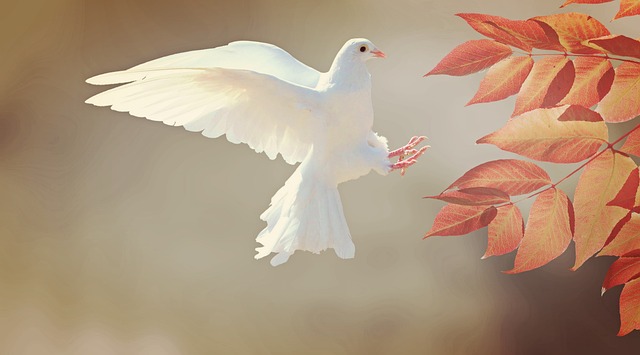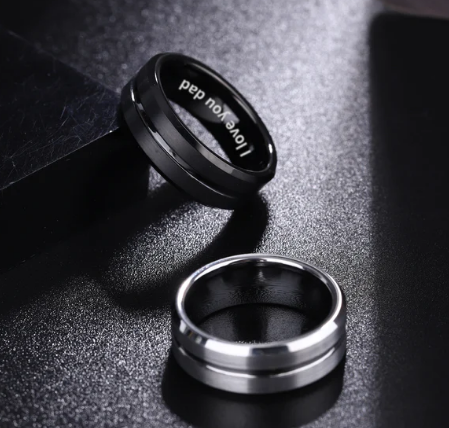Introduction
Birds have captivated the human imagination for millennia with their stunning beauty and graceful flight. Their vibrant colors, intricate patterns, and melodious songs have inspired artists, poets, and nature enthusiasts alike. In the digital age of technology, technology has further elevated our appreciation for these avian wonders. From cutting-edge cameras to sophisticated tracking devices, technology has opened up new vistas for understanding, preserving, and celebrating the beauty of birds.
A Symphony of Colors and Patterns
The World of Birds is a living art gallery, showcasing a mesmerizing array of colors and patterns. From the iridescent plumage of hummingbirds to the striking patterns of woodpeckers and the regal elegance of peacocks, birds have an unparalleled flair for showcasing nature’s finest designs. Technology has allowed photographers and videographers to capture these exquisite details in high resolution, bringing us closer to the intricate beauty of feathers and the subtle hues that dazzle in the sunlight.
Birdsong: Nature’s Melody
Birdsong is one of nature’s most enchanting symphonies, and technology has helped us appreciate and understand it like never before. Advances in sound recording equipment have allowed ornithologists and bird enthusiasts to capture the intricate melodies and calls of birds in the wild accurately. With the help of smartphone apps, anyone can now identify different bird species based on their unique songs and calls, fostering a deeper connection with the avian world.
Bird-Watching in the Digital Age
Traditionally, bird-watching involved patient observation with binoculars and field guides, but technology has transformed this pastime into a more immersive experience. Bird-watching apps, equipped with sophisticated image recognition algorithms, now aid in identifying birds simply by snapping a photo. Additionally, bird-watching communities thrive on social media platforms, where bird enthusiasts from around the world can share their sightings and photographs, fostering a global appreciation for the beauty of birds.
Conservation and Tracking
Technology has become a powerful tool in the conservation of bird species. Researchers now use satellite tracking devices to monitor the migratory patterns of birds, helping us understand their movements, breeding habitats, and potential threats they face along the way. This knowledge is vital for formulating effective conservation strategies and protecting endangered species from further decline.
Virtual Birding and Augmented Reality
Technology has brought bird-watching to the digital realm with virtual birding experiences. With the help of augmented reality (AR) and virtual reality (VR) applications, enthusiasts can embark on simulated bird-watching expeditions, exploring various habitats and encountering lifelike virtual representations of different bird species. While nothing can truly replace the thrill of observing birds in the wild, these technological advancements provide an exciting way to connect with nature, especially for those who may not have the opportunity to venture into remote locations.
Citizen Science: Empowering Bird Enthusiasts
In recent years, technology has empowered citizen scientists, enthusiastic birdwatchers, and nature lovers to actively contribute to ornithological research. Various apps and websites allow individuals to report their bird sightings, helping researchers track bird populations and distribution patterns. By contributing to these citizen science projects, everyday people become crucial contributors to scientific knowledge, making a significant impact on bird conservation efforts.
Bird Photography and Artistic Expression
Advancements in camera technology have transformed bird photography into an art form. Skilled photographers can now capture breathtaking images of birds in flight, displaying their beauty frozen in time. The artistry and creativity of these photographers have further heightened the public’s appreciation for birds, turning their images into powerful tools for raising awareness about bird conservation.
In addition to photography, technology has opened up new avenues for artistic expression inspired by birds. Digital art tools and software allow artists to create stunning illustrations, paintings, and animations depicting birds in their natural splendor. Such artwork not only celebrates the beauty of birds but also advocates for their protection and the preservation of their habitats.
Understanding Bird Behavior and Ecology
Technology has revolutionized the study of bird behavior and ecology. Remote monitoring devices, such as nest cameras and drones, provide researchers with invaluable insights into the private lives of birds. Scientists can now study nesting habits, feeding behaviors, and parental care without disturbing the delicate balance of nature. This deeper understanding of bird behavior enhances our appreciation of their remarkable adaptations and complex social structures.
Bird Conservation Technology
Conservation organizations are increasingly leveraging technology to protect and monitor bird populations. Drones and satellites are used to survey vast areas of remote habitats, facilitating habitat management and identifying potential threats to birds. Machine learning algorithms can process large amounts of data to track changes in bird populations and predict population trends.
Furthermore, technology has enabled innovative conservation initiatives, such as bird-friendly wind turbine designs that minimize avian collisions, and geolocators that track migratory routes to identify critical stopover sites. These advancements in technology are essential for striking a balance between human development and protecting vulnerable bird species.
Environmental Education and Advocacy
The marriage of birds’ natural beauty with technology has also brought environmental education to the forefront. Interactive apps and educational games engage young minds, teaching them about bird identification, habitats, and the importance of conservation. Virtual field trips and immersive experiences enable individuals worldwide to connect with birds and develop a sense of responsibility toward their protection.
Conclusion
Birds have been a symbol of beauty, freedom, and inspiration since time immemorial. Thanks to technology, we can now delve deeper into their captivating world and foster a greater appreciation for their exquisite colors, melodious songs, and remarkable behaviors. As we harness the power of technology to study and protect birds, let us remember to strike a harmonious balance between our digital advancements and the preservation of their natural habitats. The beauty of birds, both in the wild and through the lens of technology, reminds us of the wonders that surround us and the need to cherish and safeguard the natural world for generations to come.
The convergence of bird beauty and technology has enriched our lives in myriad ways. From capturing stunning images and melodies to understanding complex behaviors and supporting conservation efforts, technology has become an indispensable tool in our quest to appreciate, protect, and advocate for the avian wonders that surround us.




